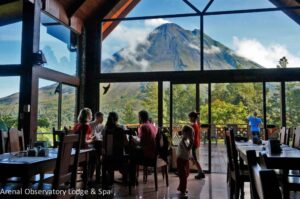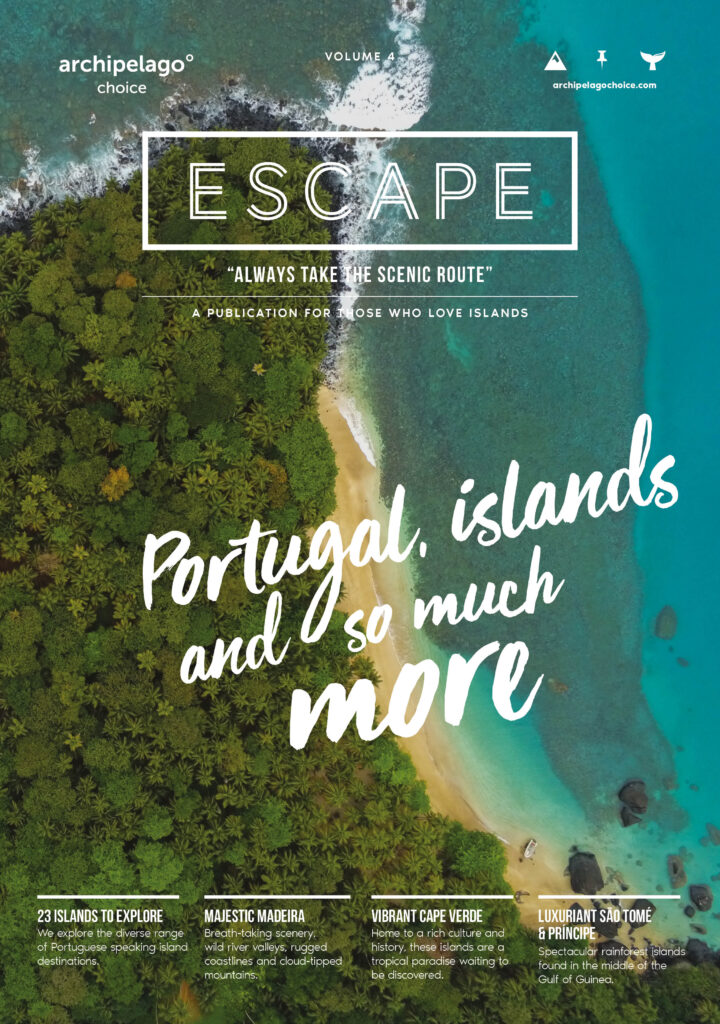Request a brochure
If you love all things Portuguese, then you’ll love our Portugal travel magazine.
We’ll look at our favourite food and a drink, great places to stay and a world of exciting activities.
The stories and holiday experience featured are based on our love of all things Portuguese and the partnerships we have working with small independent companies in Portugal and around the world who love to travel and see the benefits niche travel can bring to people and communities beyond our shores.
Request a brochure

















